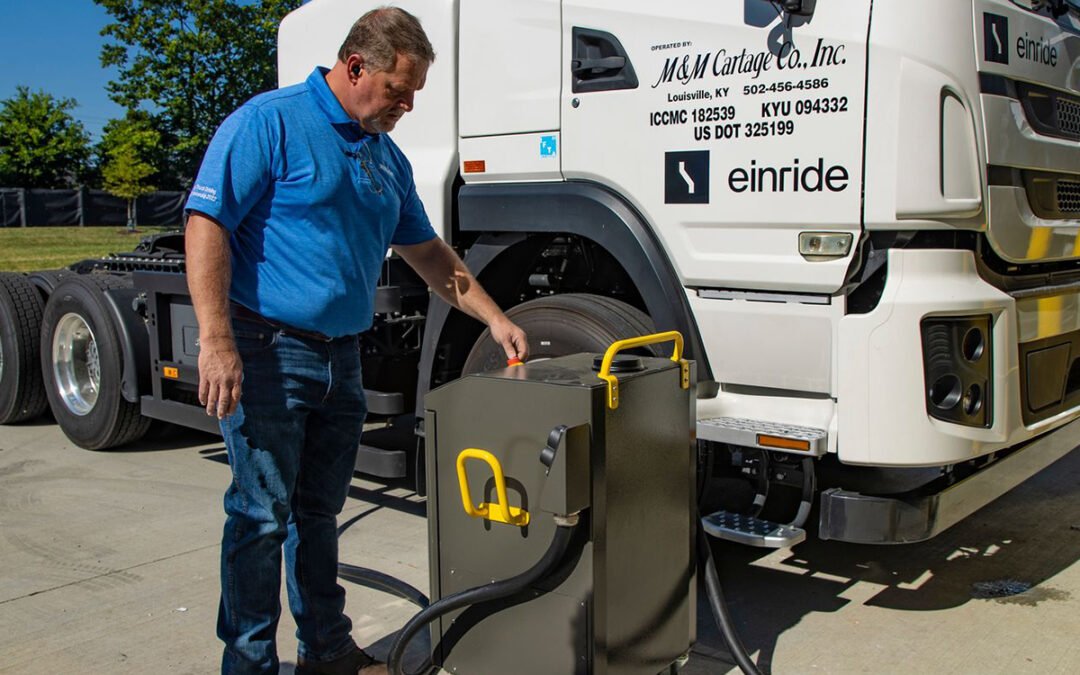The goal of businesses wanting to electrify their shipping operations is to utilize their warehouses as centers for charging their expanding fleets of electric vehicles and cargo vans
According to industrial real estate developers, there has been an increase in requests for the installation of charging stations at distribution centers. This is a sign that logistics companies are getting ready for a change in the balance of power in transportation as a result of rising fuel prices and efforts to reduce carbon emissions. As truck and car manufacturers devote more of their production resources to creating electric cars, attention to charging infrastructure is expanding. Additionally, battery manufacturers are expanding their research in an effort to create lighter energy sources that will enable vehicles to drive farther before requiring recharging. Nevertheless, a large portion of the funding for charging infrastructure has thus far gone toward personal vehicles rather than business vehicles. Due to the high stakes involved in shipping operations and the potential for supply chains to be disrupted by unexpected or protracted downtimes for charging, more businesses are looking for their own solutions.

India also has started with the idea of electric cars and scooters in an attempt to reduce pollution in some major cities
Up until now, the majority of the expansion in the fleet of commercial electric vehicles has been accounted for by parcel delivery vans. However, the development of heavy-duty vehicle technology by large rig manufacturers is putting further pressure on the need for charging infrastructure. As part of a plan to use electric freight vehicles made by Sweden’s autonomous-truck startup Einride AB to transport goods between its manufacturing facilities and warehouses in Georgia, Kentucky, and Tennessee, GE Appliances, a division of home appliance manufacturer Haier, has installed EV chargers at its distribution sites. According to Harry Chase, senior director for central materials at GE Appliances, the trucks will operate on local routes rather than long-distance journeys and have a range of 200 miles per charge. However, distribution operations may face new expenses and challenges as a result of installing chargers at warehouses. Since truckers can frequently fill up on diesel at the extensive network of truckstops and petrol stations around the nation, warehouses normally don’t have fuelling facilities on site. Making sure there is adequate room and electricity for trucks and vans to charge up without interfering with freight-handling activities is necessary before adding charging capabilities.
In an effort to avoid some of the charging issues, GE Appliances has ordered so-called fast chargers that can recharge a delivery van’s battery in under an hour and a tractor’s battery in two to three hours. This is faster than standard chargers, which take at least six hours to recharge a van’s battery. Only time will tell if this demand can be sustained or if it will just be one-directional, with the demand growing but the supply remaining the same.



















